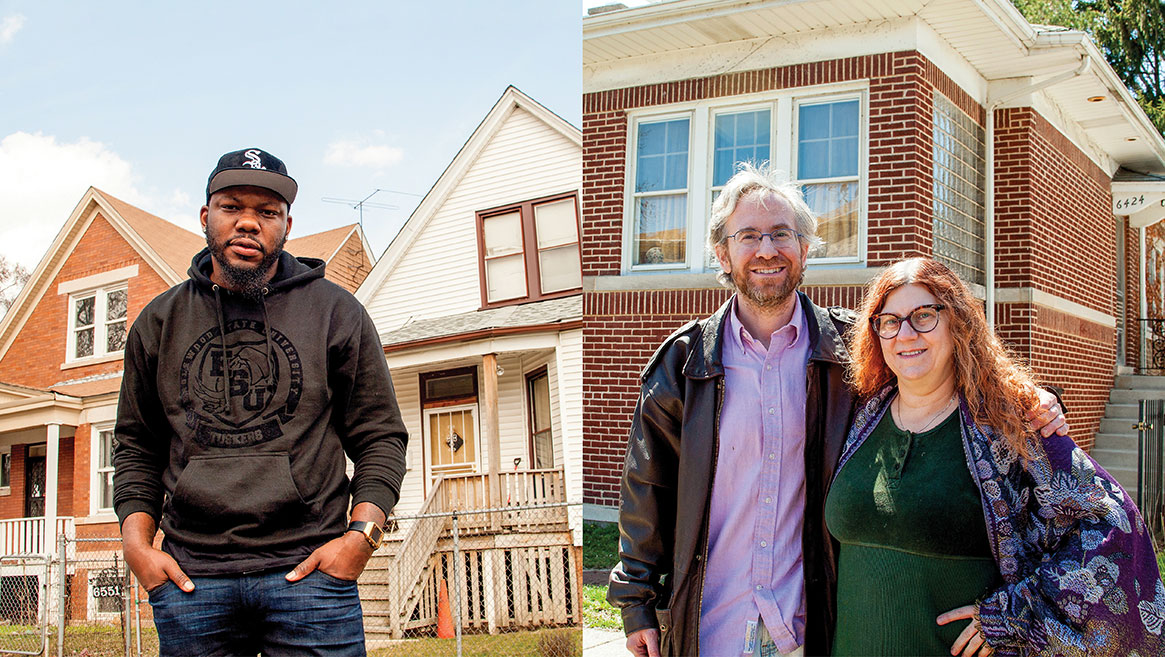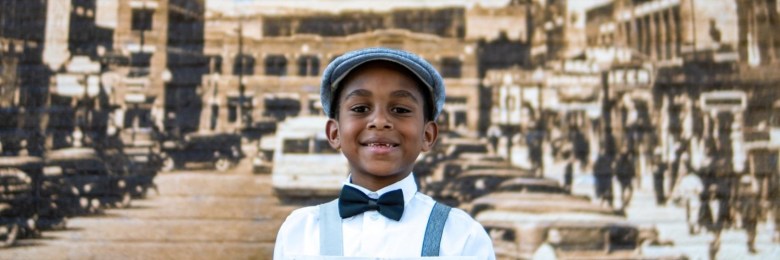|
Listen to this article here
Getting your Trinity Audio player ready...
|
Despite 50 years of federal oversight under the Fair Housing Act of 1968, housing segregation continues in America’s largest cities and urban areas. A recent ABC News analysis of mortgage-lending data highlights a pattern of racial isolation that remains in place even after decades of failed initiatives.
ABC News’ top 20 “extreme” segregation list includes America’s largest metro areas, such as: Cleveland, Ohio; Buffalo, New York, Detroit, Michigan; St. Louis, Missouri; Memphis, Tennessee; Birmingham, Alabama; Jackson, Mississippi; Springfield, Massachusetts; New Orleans, Louisiana; Miami, Florida; Bridgeport, Connecticut; Baltimore, Maryland; Cincinnati, Ohio; Baton Rouge, Louisiana; and Providence, Rhode Island.
Though these cities represent the majority, unfair housing practices are ubiquitous across the States.
The practice of expatriating Black and Brown people from their neighborhoods only benefits those from outside of the community. In 2019, nearly two-thirds of the 347,000 white homebuyers (64.8%) who applied for mortgages in mostly non-white neighborhoods in America’s largest metro areas got a loan approval. Meanwhile, about 56% of the 715,000 non-white applicants got a loan in 2019 in those same majority non-white neighborhoods.
Housing While Black
Black mortgage lending rates are much lower and have always been.
Even programs designed to assist the whole of America have disproportionately left out those most in need. The GI Bill was established to guarantee low-interest mortgages and other loans to World War II veterans. And it did – for White people. While those veterans were able to accumulate wealth in the postwar years, it predictably failed to deliver the same outcome for Black folks.
Before that, The New Deal’s policies also failed to challenge the existing racist status quo. White-run financial institutions had the power to refuse mortgages and loans to equally qualified Blacks.
It’s called “Systemic Racism”
Congressional Southern Dixiecrats once fought for local and state control that all but assured racially uneven housing outcomes. According to Bloomberg, “they successfully excluded professions dominated by African Americans, including domestic and agricultural workers, from employment, unemployment and social security benefits.”
The Great Depression also hit Black folks harder than any other group. We were most likely to be laid off, evicted, businesses ceased, and have homes foreclosed on.
In many cities, gentrification affects not only housing but the very communal spaces we associate with our home.
Gentrification is forcing more non-white residents out of urban neighborhoods, along with the Black-owned businesses, churches, and cultural touchpoints that we’ve known and loved for years.
U.S. Senator Sherrod Brown (D-Ohio), chairperson of the Senate Committee on Banking, Housing and Urban Affairs knows this problem well. Yet knowing is only half the battle.
“We have never, as a nation, gone ‘all in’ on fair housing,” Brown told ABC News. “We’ve never, as a nation, tried to close that gap … that gap between black and white ownership.”
That very gap continues to uproot some and implant others into cities and neighborhoods that only resemble the culture many once knew.



Comments are closed.